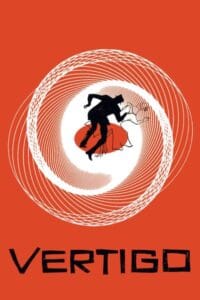The acclaimed series “See,” starring Jason Momoa, has captivated audiences worldwide with its gripping storyline set in a dystopian future where humanity has lost the ability to see. This unique premise allows for a profound exploration of survival, adaptation, and the strength of the human spirit, delving into how society reorganizes itself without sight and the different ways people learn to navigate their world. The characters’ experiences highlight not only their physical challenges but also their emotional journeys as they forge connections and confront their fears in a sightless reality.
To bring this compelling vision to life, the creators chose stunning and picturesque locations, ranging from vast, ancient forests teeming with life to rugged, imposing mountains that tower over the landscape. These breathtaking backdrops not only enhance the series’ natural beauty but also contribute significantly to its dramatic ambiance, creating a rich tapestry that reflects the story’s themes. Each setting plays a crucial role in immersing viewers in this intricate world, where the challenges faced by the characters are heightened by the breathtaking yet perilous environments they navigate. As audiences witness the interplay between the characters and their surroundings, they gain a deeper appreciation for both the resilience of the human spirit and the complexities of a world stripped of sight, making “See” a truly unforgettable viewing experience.
City Locations
British Columbia
A significant portion of “See” was filmed in the stunning landscapes of British Columbia, Canada. This region is renowned for its breathtaking mountainous terrains, lush forests, and stunning beaches, providing an ideal backdrop for the show’s epic battles and serene moments alike. British Columbia’s diverse ecosystems help evoke the themes of survival and resilience that resonate through the series, as the characters navigate their visually impaired world.
Toronto, Ontario
Toronto, a bustling metropolis, was another key filming location for “See.” With its towering skyscrapers and urban landscape, the city provided modern settings that contrast sharply with the primitive lifestyles depicted in the narrative. The blend of urban and natural settings highlights the complexities of the story’s world and serves as a reminder of the remnants of civilization amidst the chaos of survival.
Location Types
Cabins
Cabin locations featured prominently in the series, symbolizing the characters’ attempts to forge a new life in an unforgiving world. These rustic structures, often surrounded by rugged wilderness, encapsulate the simplicity and struggle of the characters as they seek safety and comfort in a hostile environment. The cabins serve as shelter and reflect the resourcefulness required to survive in a world stripped of technology and sensory perceptions.
Rustic
Rustic locations further contribute to the show’s authenticity, featuring raw and unrefined elements that mirror the characters’ harsh realities. The rough-hewn environments emphasize the sense of danger and hardship faced by the tribes as they navigate their treacherous surroundings. Such settings highlight the need for community and cooperation in overcoming the challenges posed by their visually impaired existence.
NatureScapes
With unrivaled access to breathtaking nature, the series captures the essence of the outdoors, often showcasing sweeping vistas and intricate landscapes that elevate the show’s aesthetic. NatureScapes play a crucial role in establishing the tone of “See.” The vibrant scenery illustrates the grandeur of the world while serving as a constant reminder of the primal instincts that drive the characters’ daily survival.
Studios
To complement the on-location filming, numerous scenes were shot in studios to allow for controlled environments and intricate sets. Studio work provides production teams with the ability to design and execute scenes that are not feasible in natural settings, enabling a seamless blend of the fantastical and the practical. This integral aspect of production helped shape the immersive experience of “See” while allowing for greater creative control.
Location Styles
Dilapidated/ Neglected
Dilapidated and neglected locations play a significant role in the narrative of “See.” These settings evoke feelings of abandonment and loss, showcasing the remnants of a once-advanced civilization. The decay of structures and infrastructure reflects the characters’ struggle to adapt and thrive in a post-apocalyptic world, reinforcing the story’s themes of resilience and survival. The disrepair symbolizes the characters’ battles against external threats and internal conflicts.
Power Plant
Distinctly industrial locales, such as power plants, are representative of humanity’s former technological prowess and offer stark contrasts to the tribal lifestyles that the characters lead. These sites highlight the repercussions of an over-reliance on technology and the fragile line between progress and destruction. The presence of power plants serves as a poignant reminder of what the characters have lost, while also illustrating the dangers posed by remnants of the past.
About See
“See,” produced by Apple TV+, is a thrilling drama that transports viewers into a world shaped by adversity and the struggle for survival. Set hundreds of years in the future, the series follows the story of Baba Voss, played by Jason Momoa, and his family as they navigate life in a world where sight has vanished. The intricate narrative explores themes of family, power, and the fight for legacy as various tribes vie for control in a new, visually impaired society.
The show’s rich visuals and compelling storyline has earned it a dedicated fanbase, establishing “See” as a cornerstone of Apple TV+’s original programming. With its unique premise, the series challenges viewers to reconsider their understanding of existence, perception, and the bond that unites humanity.
See Locations
The broad array of filming locations across British Columbia and Toronto allows “See” to offer viewers an exceptional experience unlike any other. Its diverse settings, ranging from natural landscapes to urban environments, enhance the overarching narrative and deepen the viewer’s immersion into the world of the blind.
The series not only emphasizes the beauty of its film locations but also serves as a stunning reminder of nature’s resilience and the capacity of human connection. Each scene interweaves the characters’ destinies with their surroundings, showing that while they may lack the sense of sight, they remain intensely aware of the world around them.
Baba Voss commands his tribe to go to battle and defend the settlement scene in See
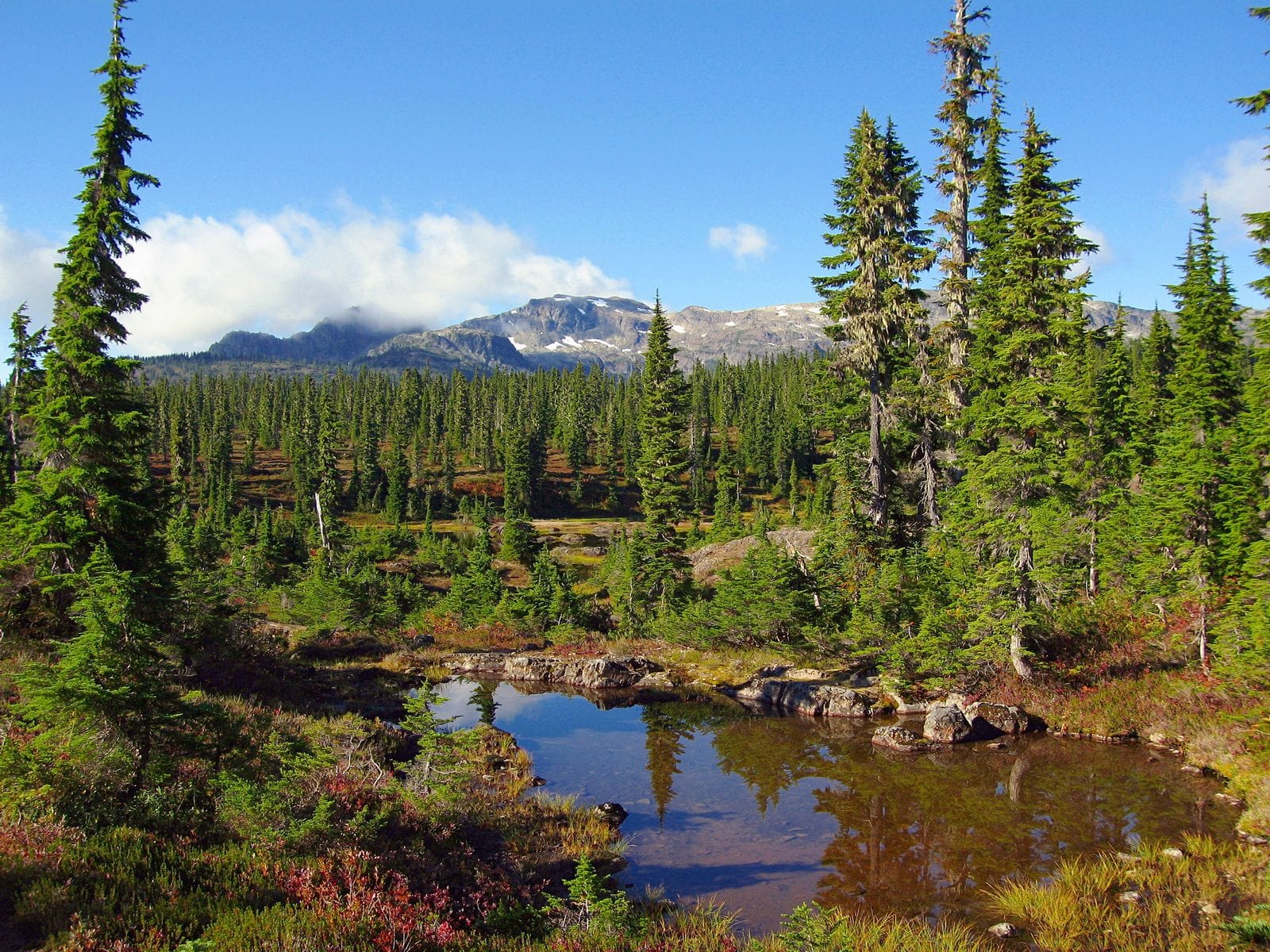
In a pivotal scene, Baba Voss rallies his tribe to defend their settlement from encroaching foes. With the weight of responsibility on his shoulders, his commanding presence resonates with determination and strength. The tension is palpable as the camera captures the resolve of the tribesmen, united under Voss’s leadership. The sweeping natural landscapes surrounding them add dramatic flair to the moment, perfectly framed by the looming threat. Each battle strategy unfolds in the midst of rustling leaves and distant echoes, reminding viewers that they fight not just for survival, but for the legacy of their loved ones.
Queen Kane praying and chanting scene in See
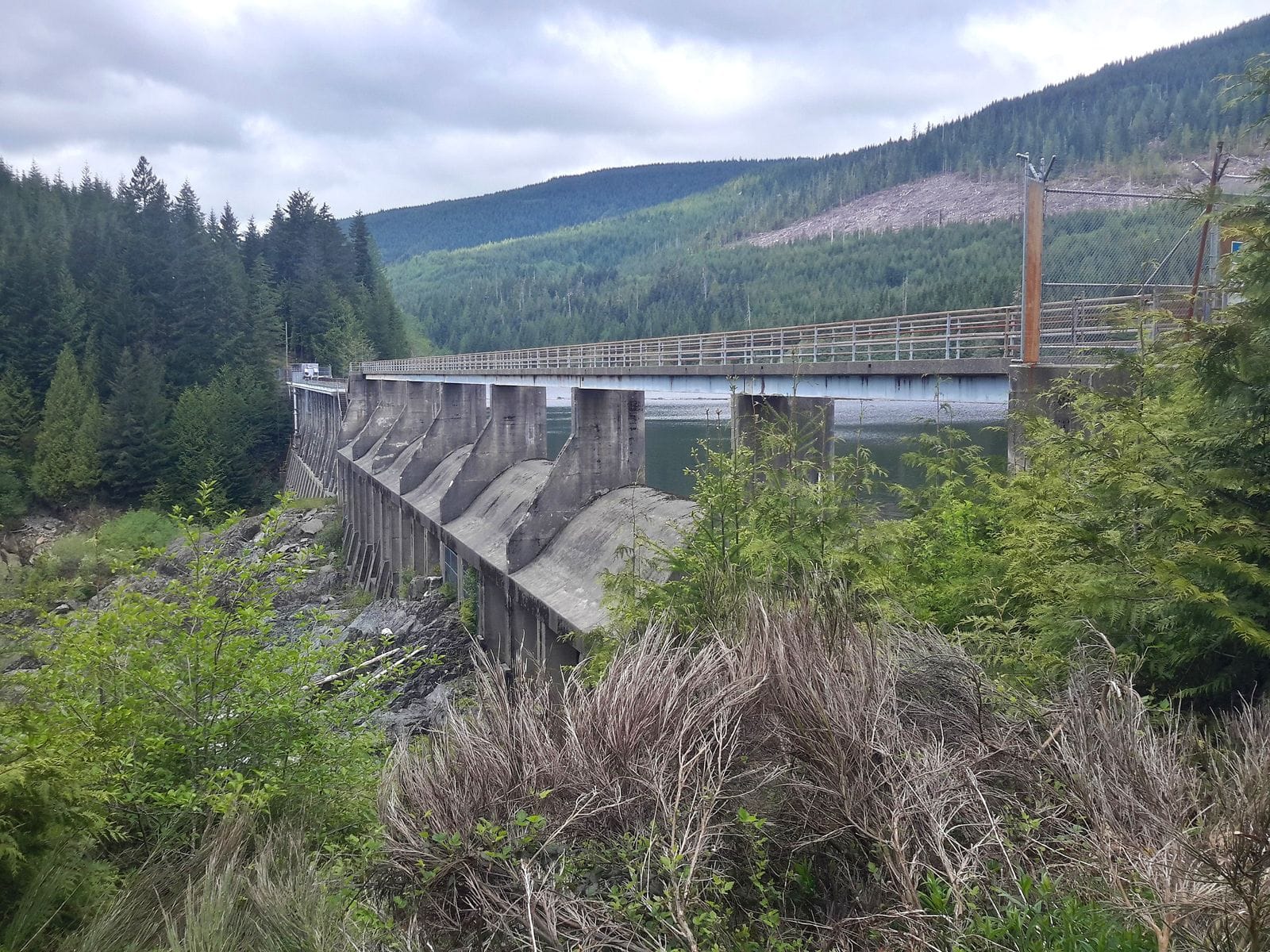
In stark contrast, the spirituality of the world is showcased in a poignant scene where Queen Kane prays and chants. The atmosphere is heavy with reverence as she seeks strength and guidance amidst the chaos surrounding her. Shot against a backdrop of stunning natural beauty, the sacredness of the moment envelops the viewer. The haunting melody of her chant resonates in the air, evoking a sense of connection to the earth and the ancestors who came before her. This powerful moment encapsulates the show’s exploration of faith and identity, providing depth to the character’s motivations and struggles.
Baba Voss gets all the tribes to the new settlement scene in See
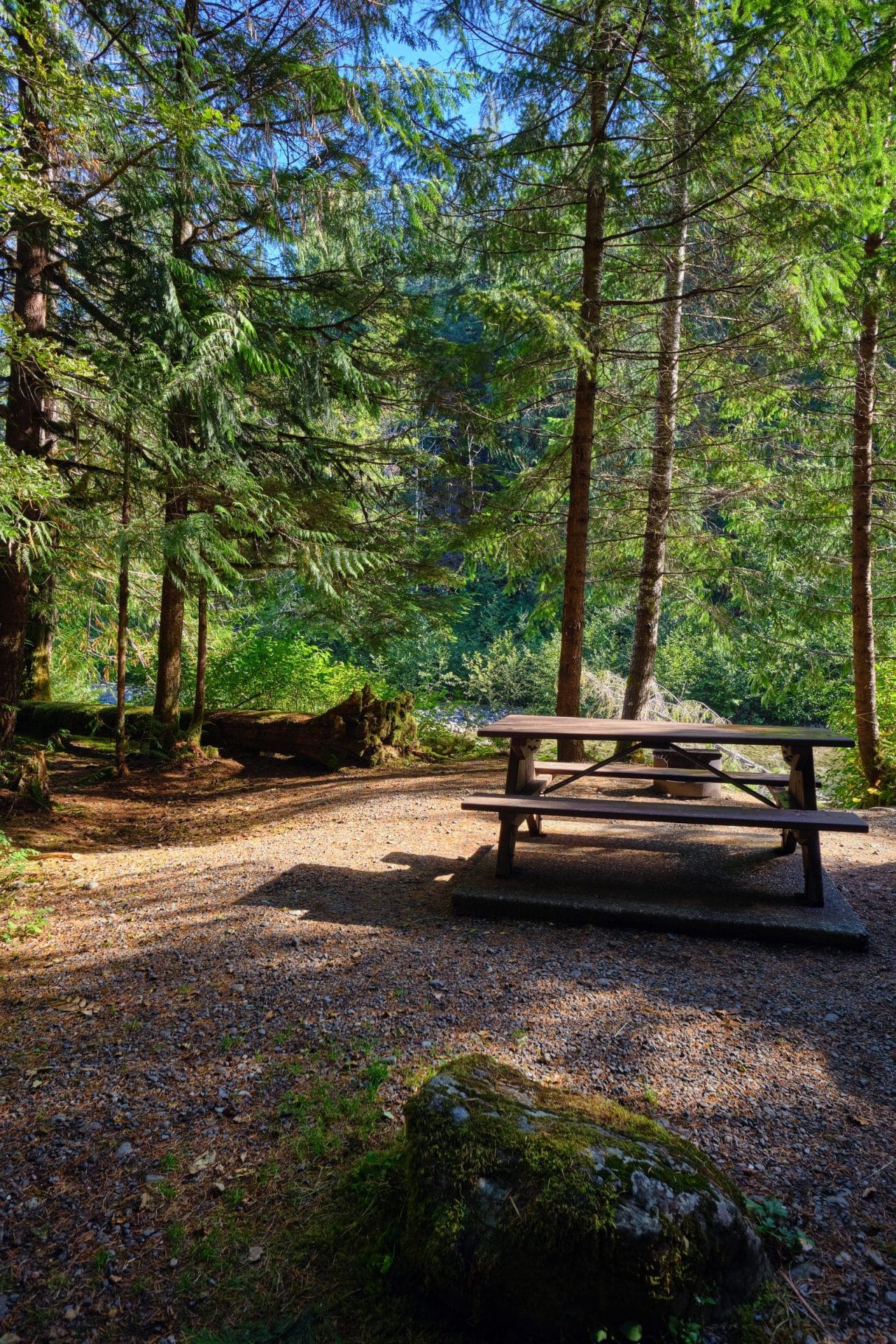
In a masterfully crafted scene, Baba Voss gathers the disparate tribes to unite at the new settlement. With an air of anticipation and uncertainty, tensions run high as leaders from various tribes come together with a common purpose. The cinematography captures the mixed emotions of hope and mistrust that brew among the characters. Each tribe’s unique identity further enriches the narrative, reflecting the importance of collaboration in an unforgiving world. Voss’s efforts to forge unity shine through, embodying the timeless message that strength lies not only in individuality but also in community.
Haniwa and Kofun reading their books at the waterfall scene in See
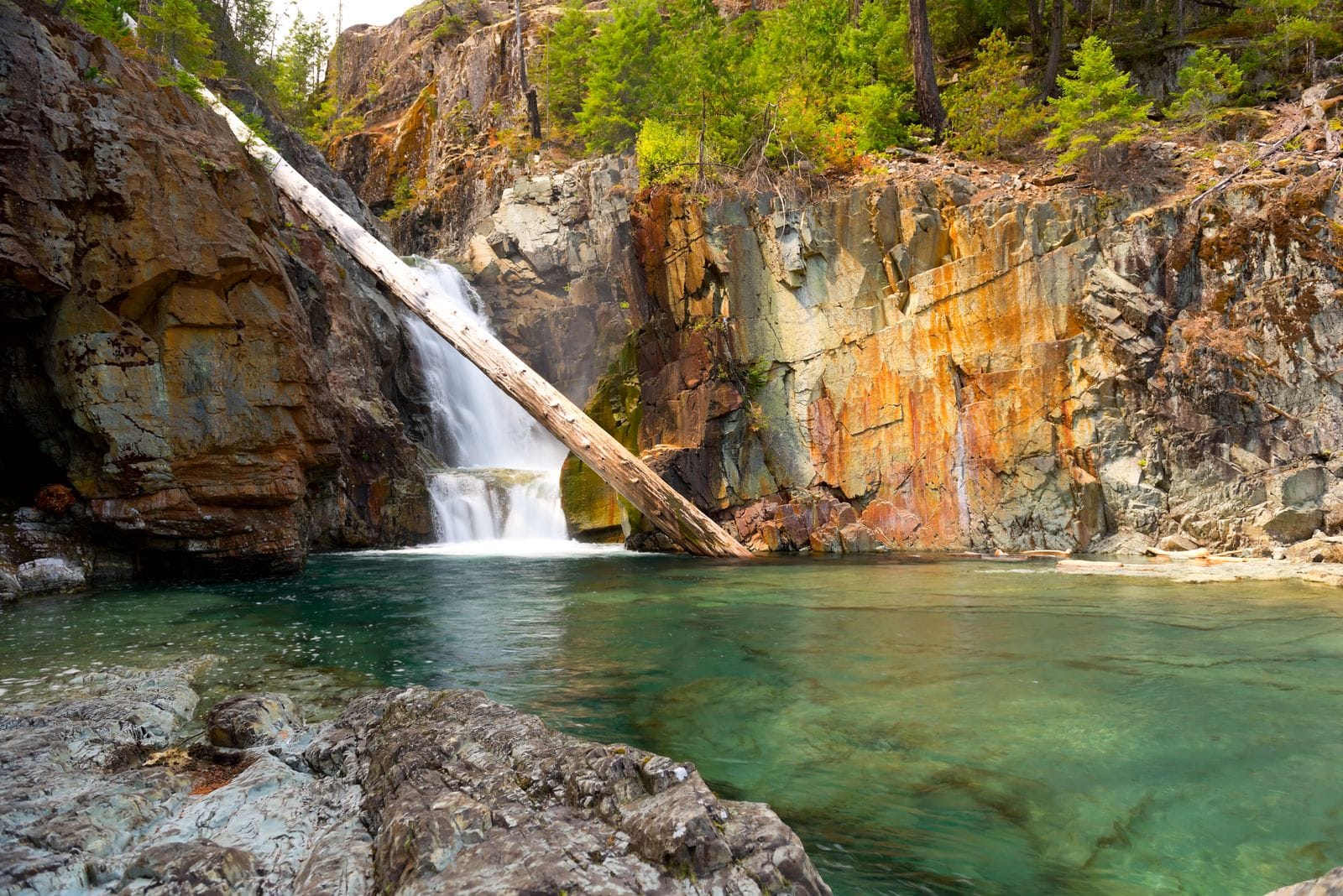
In a tranquil yet powerful scene, Haniwa and Kofun immerse themselves in the wisdom of the past, reading books beside a serene waterfall. Their surroundings speak to the delicate balance of nature and knowledge, as the softly flowing water serves as a metaphor for the flowing of ideas and stories through time. The close-up shots of their expressions reveal curiosity and wonder, exemplifying the thirst for understanding that drives humanity. This scene beautifully portrays the juxtaposition of knowledge amidst a visually impaired world, emphasizing the importance of preserving and passing on the lessons of the past.
Queen Kane and Maghra arrive in Pennsa city on horseback scene in See
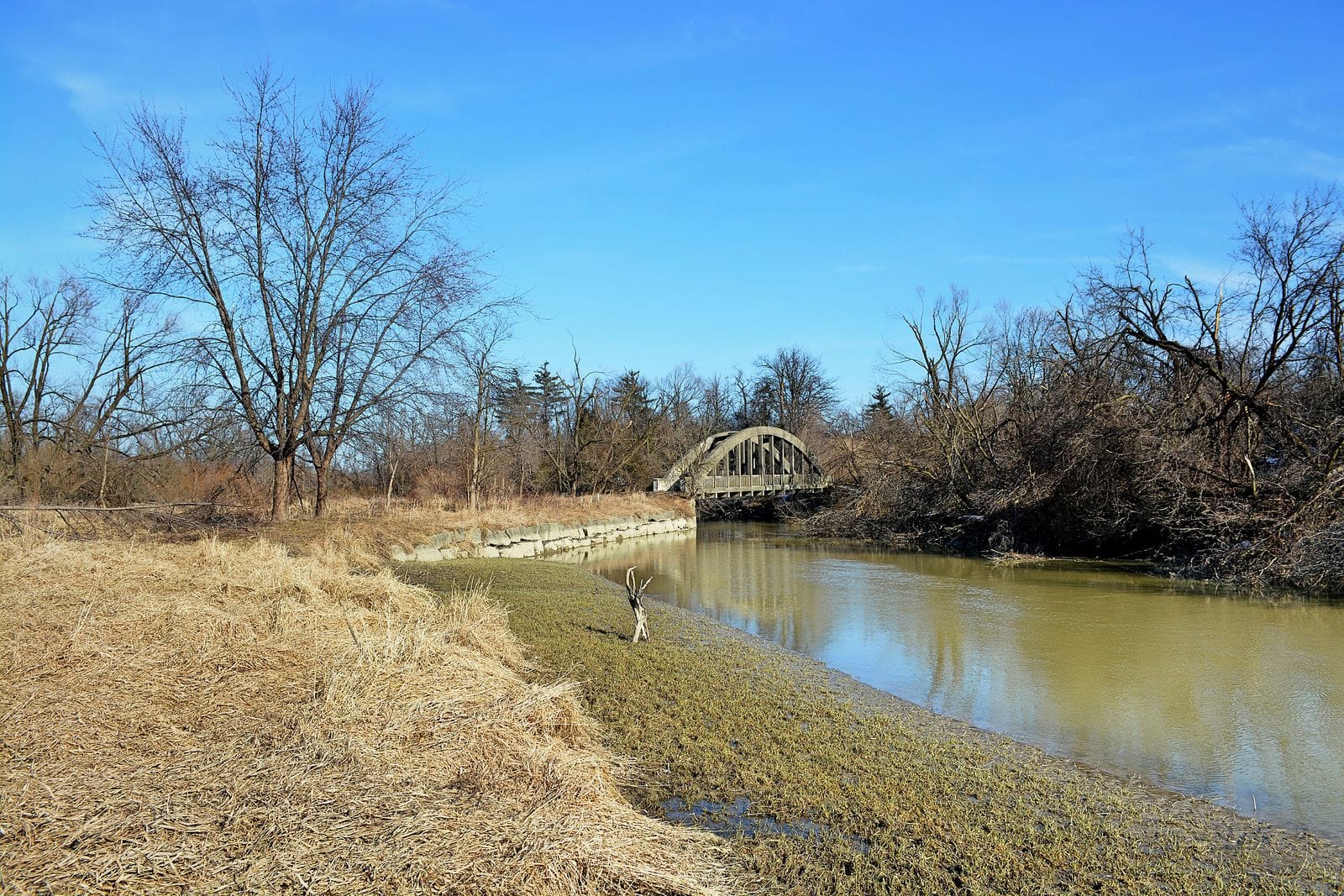
In a visually striking scene, Queen Kane and Maghra arrive in Pennsa city on horseback, surrounded by towering skyscrapers and a bustling crowd. The stark contrast between the sleek urban landscape and the characters’ rugged attire speaks to the dissonance of society’s past and present. The shot of them riding through the city serves as a powerful metaphor for preservation and adaptation, highlighting how humanity must evolve to survive in a rapidly changing world. The scene also foreshadows future conflict as traditional tribes encounter remnants of advanced civilization.
Baba Voss fighting with his brother’s troops scene in See
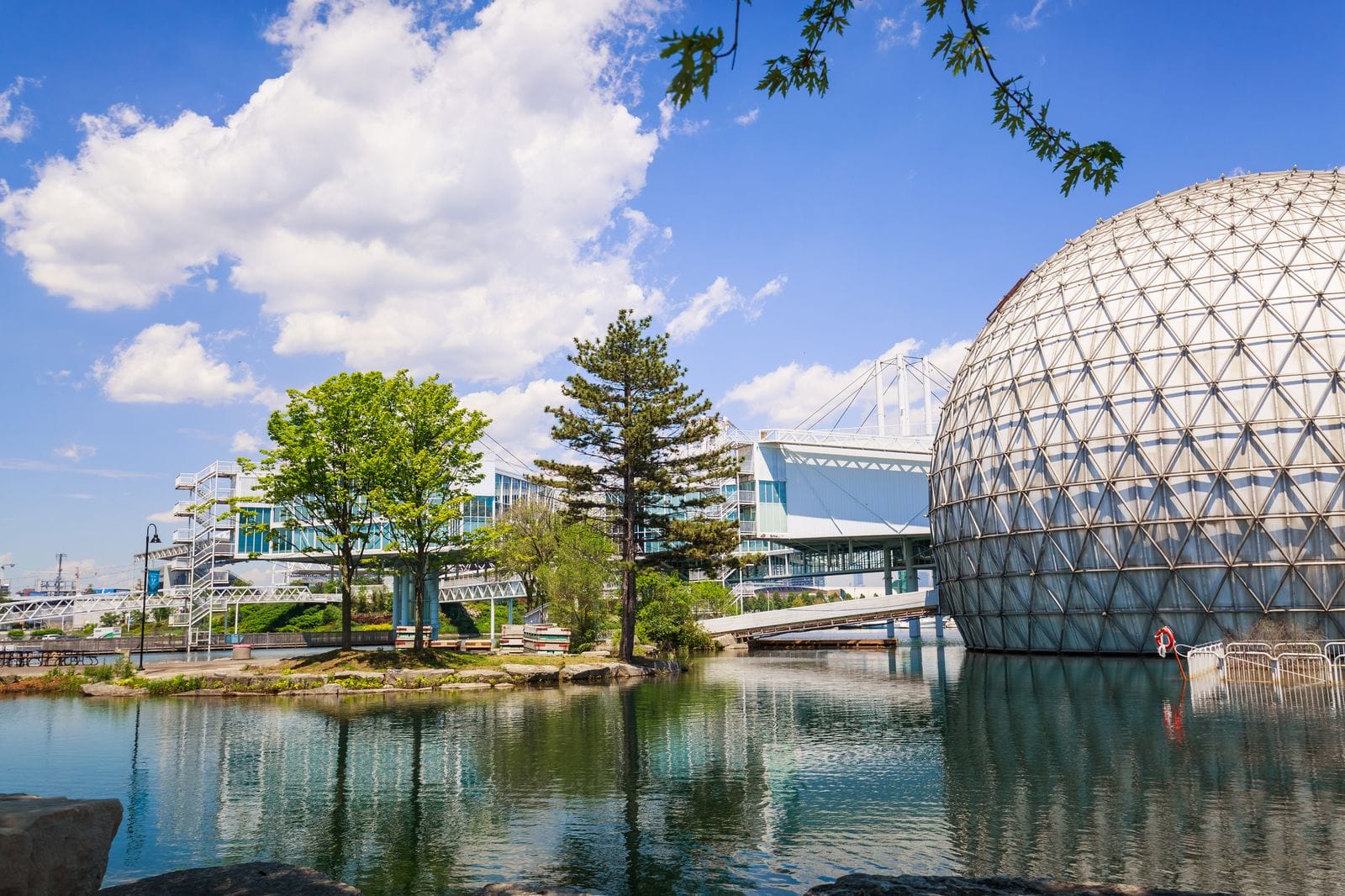
The climactic battle between Baba Voss and his brother’s troops is a testament to the show’s exceptional action sequences. The choreographed fight scenes are riveting, enhanced by the use of sound effects that amplify the intensity. As Voss engages in hand-to-hand combat with his opponents, his strength and agility are on full display, showcasing Momoa’s impressive physical abilities. The scene also highlights the complex relationship between brothers torn apart by opposing ideologies, adding depth to their characters and motivations.
Conclusion
The visually stunning world of “See” is more than just a backdrop for its characters’ struggles – it is an integral part of the show’s storytelling. Through its diverse filming locations and dynamic use of settings, “See” highlights themes of resilience, spirituality, community, and the enduring power of knowledge. These elements come together to create a gripping and thought-provoking narrative that challenges viewers to see beyond their perceptions and embrace the strength within humanity.
With its unique blend of action, drama, and heart-wrenching moments, “See” has captivated audiences and solidified its place as one of Apple TV+’s most compelling original series. It serves as a powerful reminder of the resilience of the human spirit and the enduring bonds that unite us all. As viewers continue to follow Baba Voss and his family’s journey, they are sure to be transfixed by this immersive world where sight is just one sense among many. So, If you haven’t already, make sure to add “See” to your watch list and experience its captivating world for yourself.






